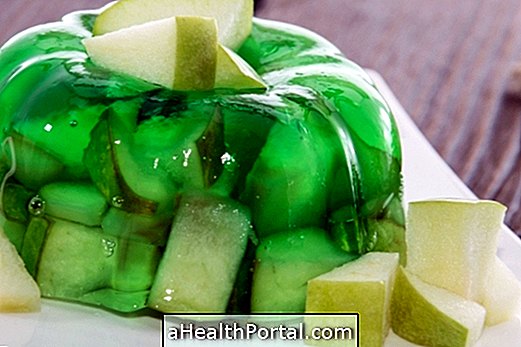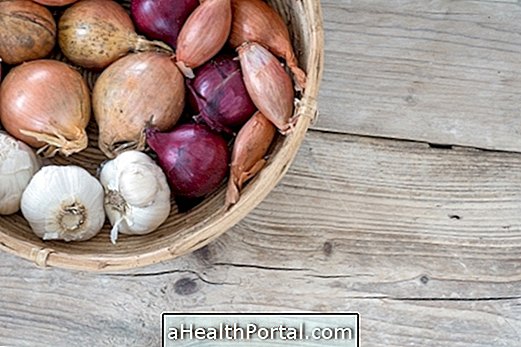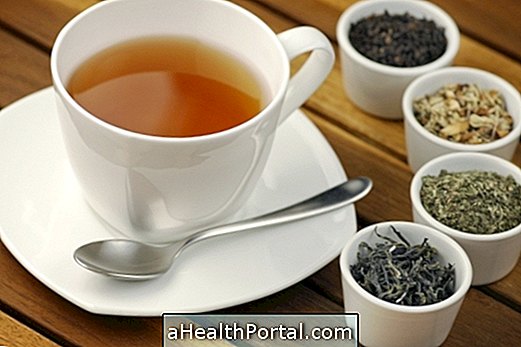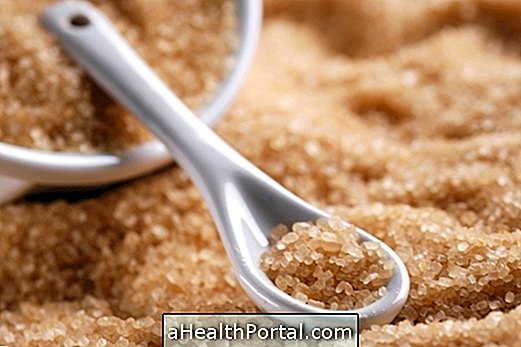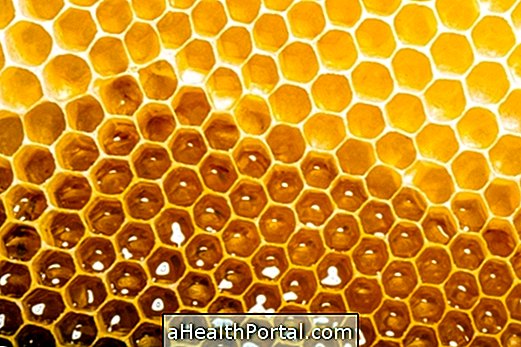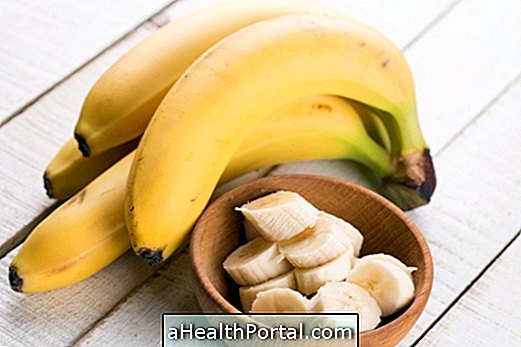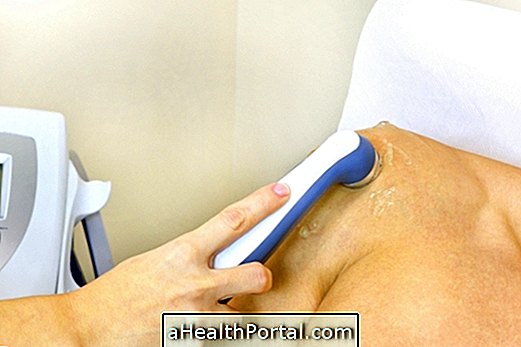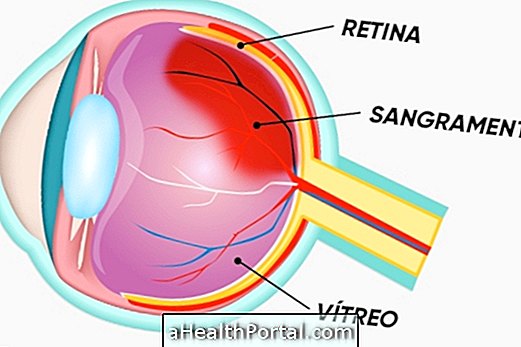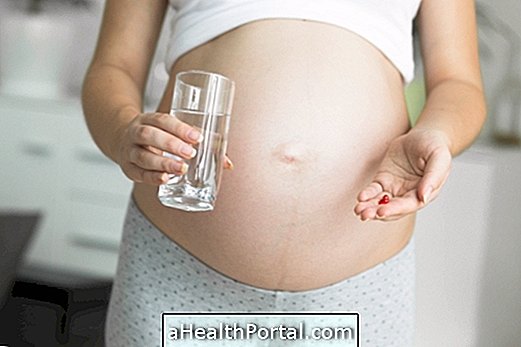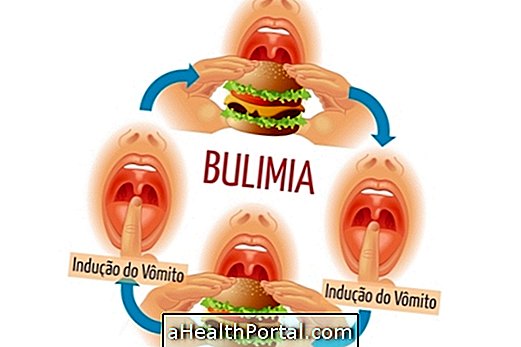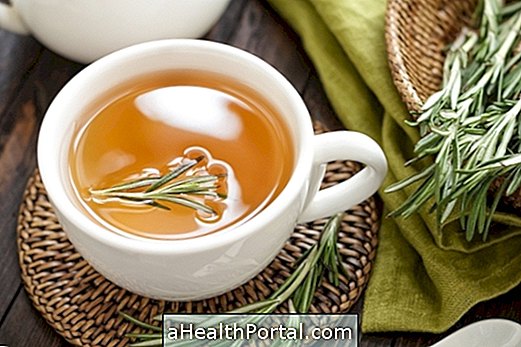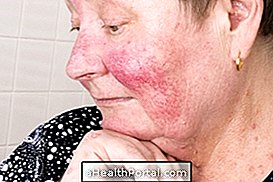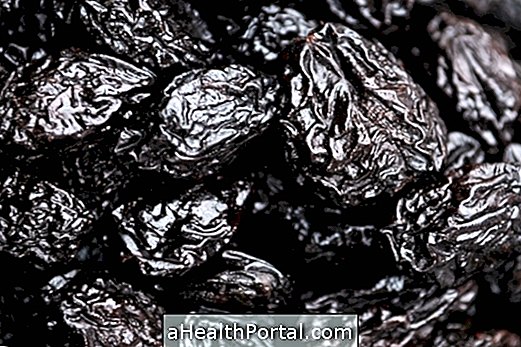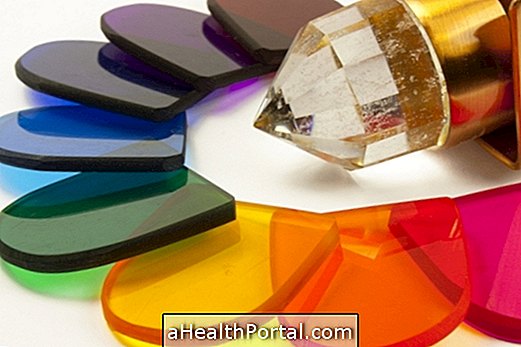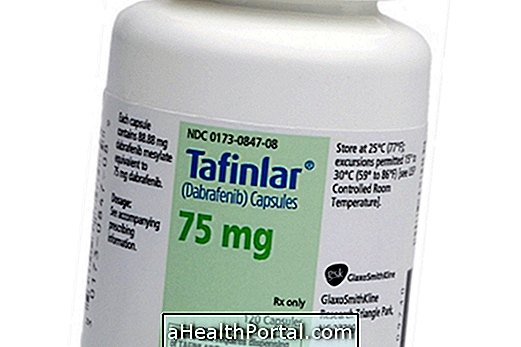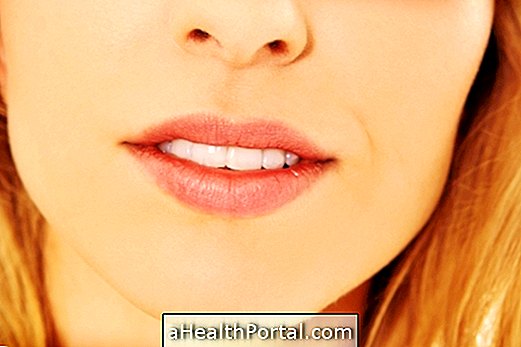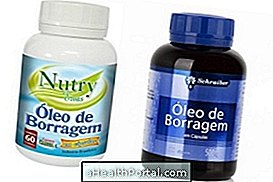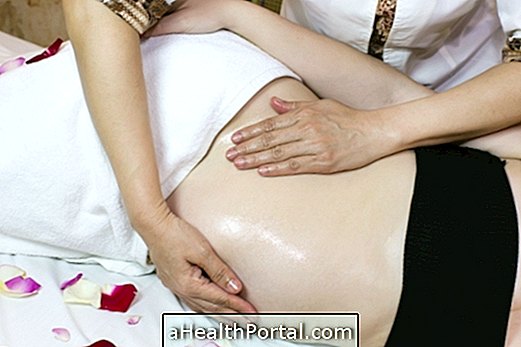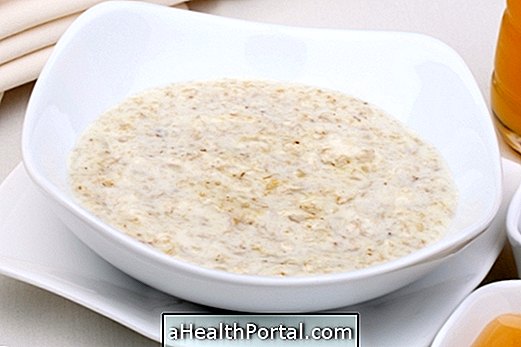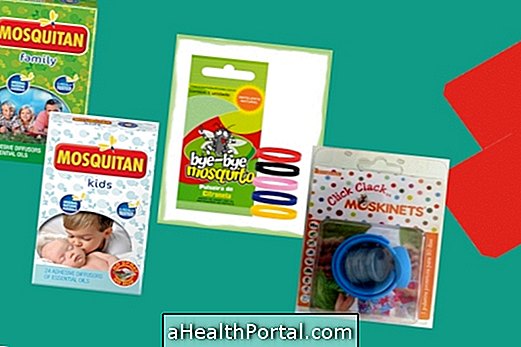The zinc-rich foods are animal-based and serve to strengthen the immune system, leaving the body stronger in fighting diseases caused by viruses, fungi and bacteria. Besides being considered excellent aphrodisiacs.
Thus, the lack of zinc in the body can cause changes in the sensitivity of the flavors, hair loss, difficulty in healing and even problems of growth and development in children.
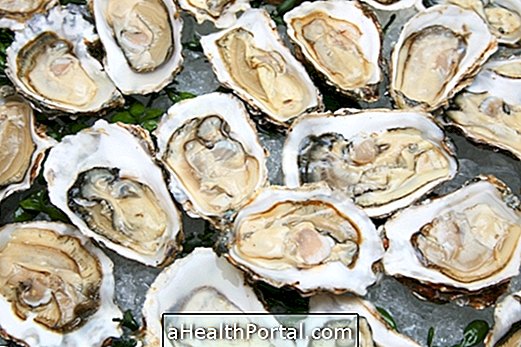
Zinc source food
The main sources of zinc-rich foods are oysters, shrimp, beef, chicken and fish, liver, wheat germ, whole grains, nuts, cereals, legumes and tubers. Fruits and vegetables, in general, are poor in Zinc and are less used by the body.
Zinc is present in most of the human body in the hair, skin, eyes, prostate, nail, liver, pancreas, muscle, bones and glands that are actually storage sites of this microelement. The excretion of zinc is made by urine, hair, skin flakes and semen.
Table of zinc rich foods
This list shows foods with higher amounts of zinc.
| Foods | Weight (g) | Zinc | Energy |
| Cooked oysters | 100 | 39 mg | 27 calories |
| Roasted beef | 100 | 8.5 mg | 287 calories |
| Boiled turkey | 100 | 4.5 mg | 153 calories |
| Boiled veal | 100 | 4.4 mg | 230 calories |
| Boiled chicken liver | 100 | 4.3 mg | 136 calories |
| Pumpkin Seeds | 57 | 4.2 mg | 327 calories |
| Cooked soybeans | 86 | 4.1 mg | 137 calories |
| Cooked lamb | 100 | 4 mg | 349 calories |
| Almond | 78 | 3.9 mg | 499 calories |
| Peanut | 72 | 3.5 mg | 415 calories |
What is zinc for?
Zinc is very important for the functioning of the organism, having functions such as:
- Strengthen the immune system;
- Stimulate child growth;
- Combat physical and mental fatigue;
- Increase energy levels;
- Delay aging;
- Improve memory;
- Balancing blood sugar levels;
- Regulate the production of various hormones;
- Improve the appearance of the skin and strengthen the hair.
Zinc deficiency can cause decreased taste sensation, anorexia, apathy, growth retardation, hair loss, delayed sexual maturation, low sperm production, decreased immunity, and glucose intolerance. While excess zinc can manifest itself through nausea, vomiting, abdominal pain, anemia or copper deficiency.
Recommended Daily Intake of Zinc
The recommendation of daily intake varies according to the stage of life, but a balanced diet ensures the supply of the needs. The zinc content in the blood should range from 70 to 130 mcg / dL of blood and in the urine it is normal to find between 230 to 600 mcg of zinc / day.
| Age / gender | Recommended daily intake (mg) |
| 13 years | 3.0 |
| 48 years | 5.0 |
| 9 -13 years | 8.0 |
| Men between 14 and 18 years old | 11.0 |
| Women between 14 and 18 years old | 9.0 |
| Men older than 18 years | 11.0 |
| Women over 18 years old | 8.0 |
Ingestion of zinc less than recommended for long periods may lead to delayed sexual and bone maturation, hair loss, skin lesions, increased susceptibility to infections, or poor appetite.
See too:
- Foods rich in selenium
- How a Color Feed Can Improve Your Health
